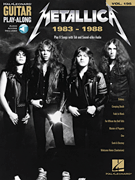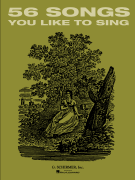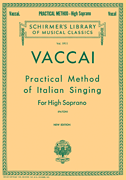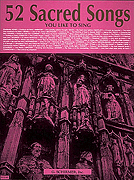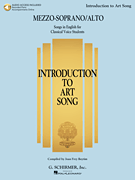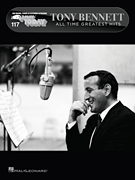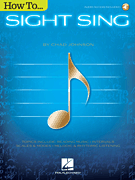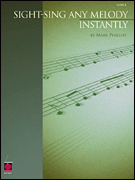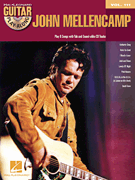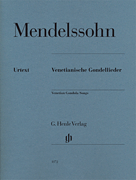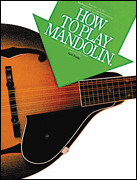Search Results for: “Sing To Me”
Loading...
Silent Night View 656 Products
Come, Christians, Join To Sing View 34 Products
Mama View 12 Products
Sing To The Lord View 5 Products
Sing, My Tongue, The Glorious Battle View 3 Products
God Has Given Me A Song To Sing View 3 Products
Sing To Me View 2 Products
Music, Sing To Me View 1 Product
Come Sing To Me Of Heaven View 1 Product
Sing To Me Windchimes View 1 Product
Sing Me To Sleep View 1 Product
Sing Me To Sleep (Greene) View 1 Product
Give Me A Heart To Sing View 1 Product
Mother, Oh Sing Me To Rest (Franz) View 1 Product
We Are (For Men To Sing) View 1 Product
Sing Together Merrily View 1 Product
Toccata On 'Mendelssohn' Arr Sturz (Hark! The Herald Angels Sing) View 1 Product
To The Memory Of A Great Singer View 1 Product
Sing Together Merrily View 1 Product
Sing Praise To God, Who Reigns Above View 1 Product

